In a quest to learn more about our own galaxy, a Sydney astronomer has identified dozens of previously unknown galaxies in a distant cluster.

“We are trying to find out why galaxies stop growing and mature, because this will tell us something about the ultimate fate of our own galaxy, the Milky Way,” Amanda says.
A galaxy grows when it is forming new stars. Amanda is trying to find out what stops galaxies from doing this, therefore reaching maturity.
Distant galaxy clusters are relatively rare, she says. They are some of the first systems that formed after the Big Bang and represent the largest structures in the Universe held together by gravity.
“We have only recently been able to study them in detail. Using a new technique on the Gemini North Observatory telescope in Hawaii we were able to look at one particular galaxy cluster, where we identified dozens of new galaxies,” Amanda said.
“The galaxies in clusters are slowly but constantly moving and evolving. We are trying to understand the influence that a galaxy’s neighbourhood has on its fate.”
The centre of the cluster is crowded with galactic neighbours in a sea of hot gas. The galaxies influence each other through gravitation, and the hot gas seems to put a brake on star formation.
To understand better how these crowded environments can enhance and then end the growth cycle of galaxies, Amanda and her team are now embarking on an Australian-based project to find new galaxies of varying levels of isolation.
The astronomers will combine existing data with observations from large telescopes in Hawaii and Chile and the Hubble Space Telescope. They hope their results will help them understand how the Milky Way Galaxy developed, and how it will interact in future with its galactic neighbours.
The Milky Way exists under the influence of the nearby Andromeda galaxy and two smaller galaxies, the Magellanic Clouds. These galaxies will eventually collide and merge.
“The current prediction is that this will happen in several billion years. Our research should tell us how long the resulting galactic system will form new stars before it settles into maturity.”
Amanda Bauer is one of 12 early career scientists presenting their research to the public for the first time thanks to Fresh Science, a national program sponsored by the Australian Government.
For interviews
- Amanda Bauer, amanda.bauer@aao.gov.au
- AJ Epstein, 0433 339 141, aj@scienceinpublic.com.au or Niall Byrne, 0417 131 977, Niall@scienceinpublic.com.au
- Helen Sim, Australian Astronomical Observatory, helen.sim@csiro.au
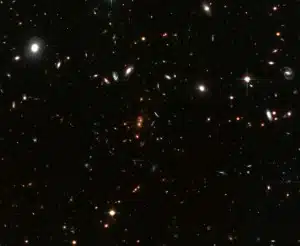
A cluster of red galaxies, RDCS1252, that lives at a distance similar to the XMMU J2235.3-2557 galaxy cluster.
Credit: Piero Rosati (European Southern Observatory).
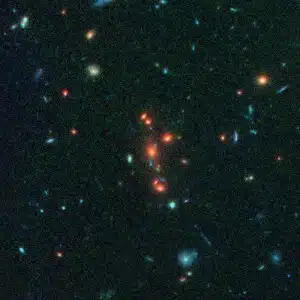
The distant galaxy cluster, XMMU J2235.3-2557, which lives 11 billion light years away and harbours a group of very old, red galaxies at its centre.
Credit: Chris Lidman (Australian Astronomical Observatory).

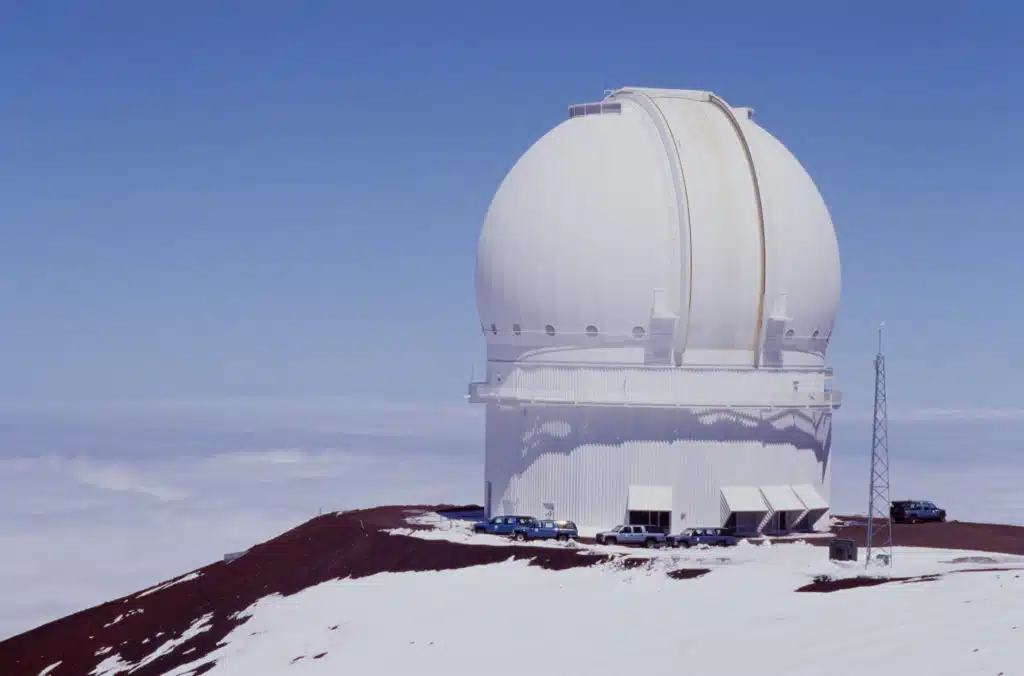
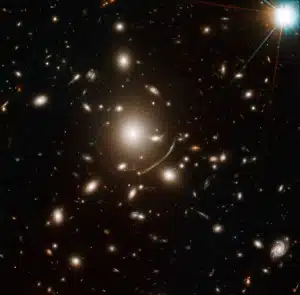
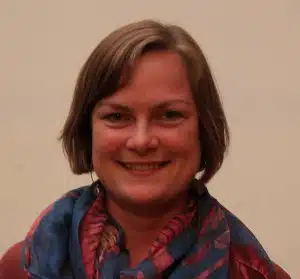
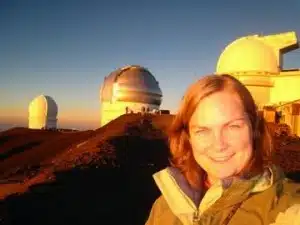
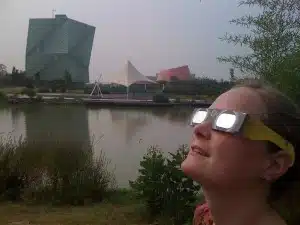





 Fresh Science is on hold for 2022. We will be back in 2023.
Fresh Science is on hold for 2022. We will be back in 2023.